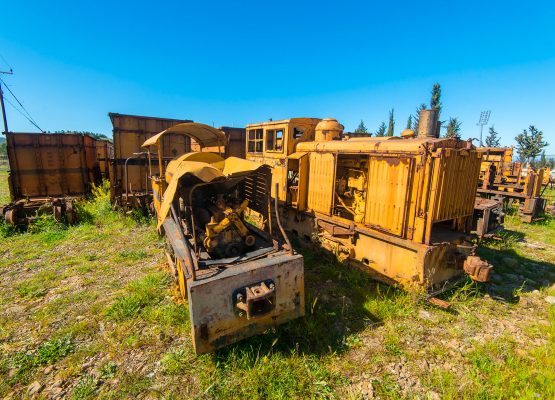
All Aboard!
A long time ago there was a unique form of transport that was spread across all of Cyprus – the magnificent triumph of engineering that was the Cyprus Government Railway (CGR).
Today no trains run in North Cyprus, and the only forms of transport are road, sea and air – however a site in Lefke exhibits trains over a hundred years of age.
The CGR was a 2 ft 6 in (762 mm) narrow gauge railway network that operated in Cyprus from October 1905 to December 1951. With a total length of 122 kilometres and 39 stations, it served from Camlikoy station in Lefke to Guzelyurt, through to Nicosia and all the way to the Famagusta station on the east coast of the island.
All the stations were named in Turkish, Green and English, and some operated as telephone centres, telegram offices and postal offices, as a place where goods could be exchanged.
With 12 locomotives, 17 coaches and over 100 multi-purpose wagons, the average speed of the trains ranged from 30 to 40 km/hour and there were two train departures each day, used for different means by both authorities and the local population.
A freight transfer system served the port of Famagusta and timber was also transferred from the mountains to towns and cities all over Cyprus.
The CGR closed down for financial reasons and the last train to ever run was Engine No.1 which left from Nicosia station at 14:57 on the 31st December 1951 and arrived at Famagusta at 16:38. When it finished its journey, it was lifted to its final resting place – the ”Locomotive 1” can be seen today in Polatpaşa Bulvarı near the centre of Famagusta.
Overall, the CGR carried 3,199,934 tons of commercial goods and freight and 7,348,643 passengers throughout its history. Although it closed, an extension of the railway was built to serve the American mining company Cyprus Mines Corporation until 1974, carrying freight, ore and minerals on behalf of the CMC from the Lefke region.
In and around the town of Lefke, today visitors can find a total of 10 locomotives and 20 wagons on display, from nearly a century ago.
Each yellow coated wagon was purpose built to carry over 50 tons of freight, each bearing the year in which they were constructed as well as the name of the train they belonged to.
If you are visiting the area, seek out these unique exhibits. Although not in the best condition, these antiques display years of the past and well worth a selfie!




